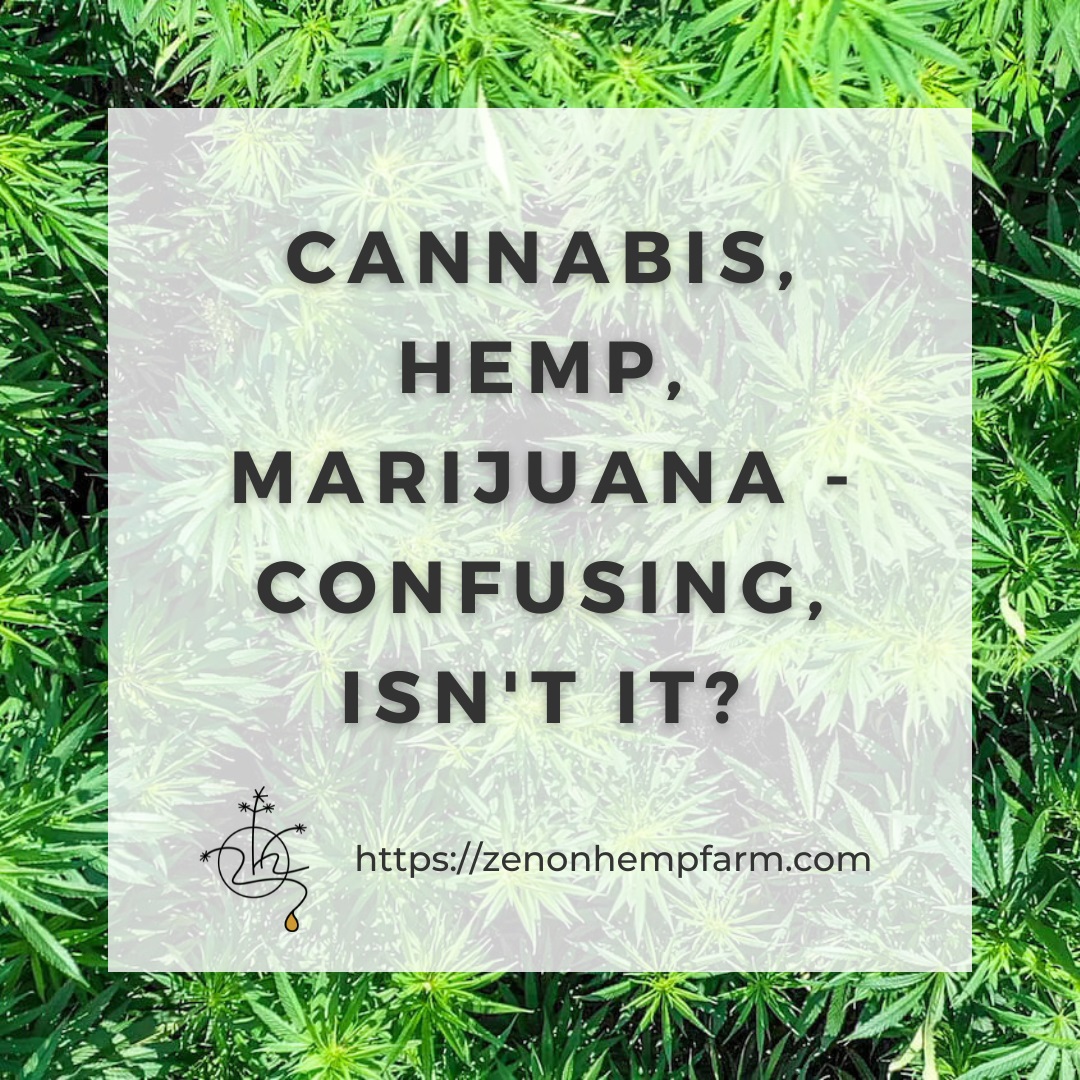Why are the word hemp, cannabis, and marijuana still confusing many people?

There is a lot of information on hemp on the Internet. We’ve also written about the origin of hemp, its uses, and its benefits in more than one of our articles. Almost all supermarkets offer hemp-based food products such as hemp tea, hemp seeds, hemp oil, hemp bread, etc. However, it turns out that people are often confused when they hear the word hemp. For this reason, as hemp growers, we feel obligated to continue educating and informing people about this super valuable and useful plant.
Why does the word hemp still have negative connotations?
Many countries around the world where hemp is legally grown face the same problem. Hemp is still understood and compared to marijuana. And just hearing the word triggers a reaction of rejection or prejudice. And this is one of the most difficult stereotypes to change, which often raises doubts among buyers. This explains why the legalization of hemp cultivation took so long, in the USA it became legal only in 2018. In the UK hemp was legalized again in 1993, but till now under strict regulation. And all because hemp is equated with narcotic marijuana, which can get high.
What’s the difference between fiber hemp and medical marijuana?
Several names confuse: industrial or fiber hemp, and medical cannabis often referred to as marijuana. Honestly, fiber and medical cannabis are the same hemp plant, just different names for flowering plants in the Cannabaceae family. And if science primarily analyzes and studies the cannabis plant without breaking it down into fiber hemp or medical marijuana, then separation was legally required for legalization and regulation.
From a legal point of view, the main difference between them is the tetrahydrocannabinol (THC) content. THC is one of the many cannabinoids or chemical compounds found in the cannabis plant. And THC is responsible for the psychoactive effect. Thus, industrial or fiber hemp contains THC amounts below 0.3%. Meanwhile, medical cannabis, also known as marijuana, contains over 0.3% THC.
Industrial hemp (or just hemp) is valued for another main and accompanying ingredient cannabidiol (CBD), and the amount of THC is much lower.
Where did the THC <0.3% threshold come from?
This limit was set by Dr. Ernest Small, a Canadian scientist who originally defined the 0.3% threshold in his 1976 research “A Practical and Natural Taxonomy for Cannabis” to distinguish cannabis with higher THC from lower THC. This number was based on many years of actual cannabis use patterns. This was not due to potential THC abuse or poisoning. The 0.3% THC limit was only for this study. And it was never intended to be used elsewhere or otherwise, such as to distinguish marijuana from hemp.
However, while this is not necessarily a correct measurement, it has been adopted as a standard in the US, Canada, Europe, and some parts of Australia.
Legal hemp – safe to use for the whole family
So legalized hemp with THC <0.3%, will not get you high and is safe to use for the whole family. Different countries indeed have slightly different thresholds for THC, so they can be set even lower. For example, the USA, Canada, and Australia allowed and legal amount of THC <0.3%. In the United Kingdom allowed amount of THC is <0.2%, the same in the Netherlands, Lithuania, and others. This type of hemp is cultivated by Zenon Hemp Farm, which is originally located in Lithuania.
However, due to very sensitive legal regulations, we recommend that you buy hemp and its products only from official and reliable sellers who can provide lab documents for THC testing. And check the laws in your country before purchasing hemp online and shipping it to your home country.
The article was prepared by SEO Fausta






